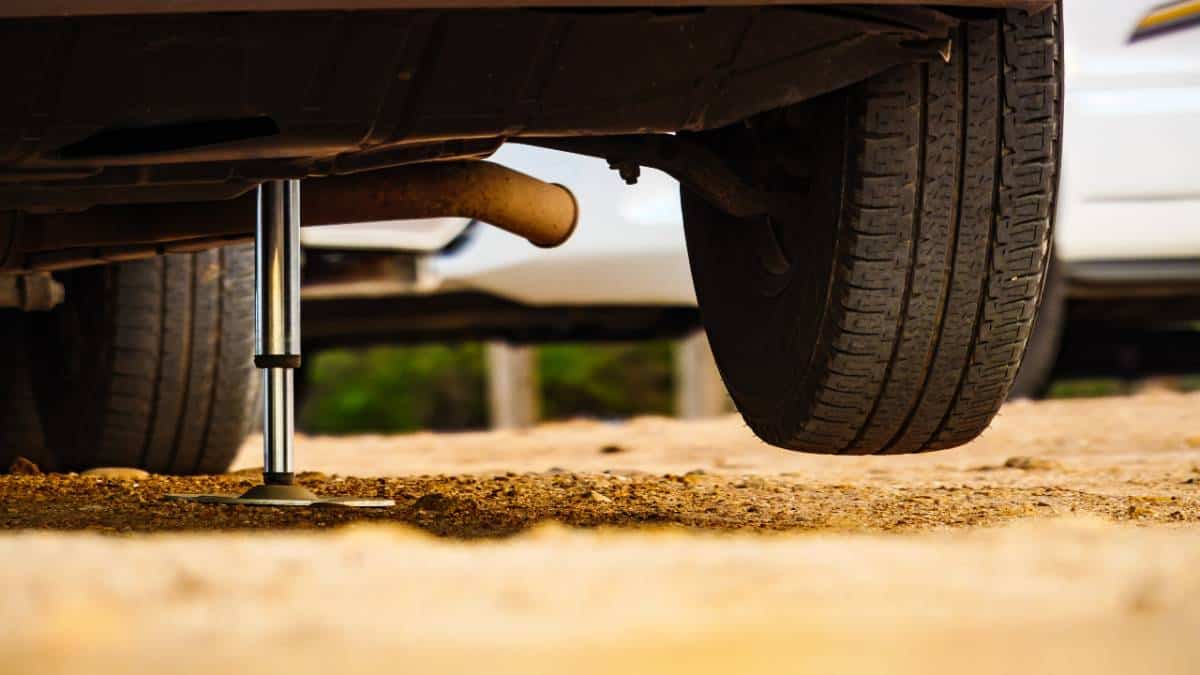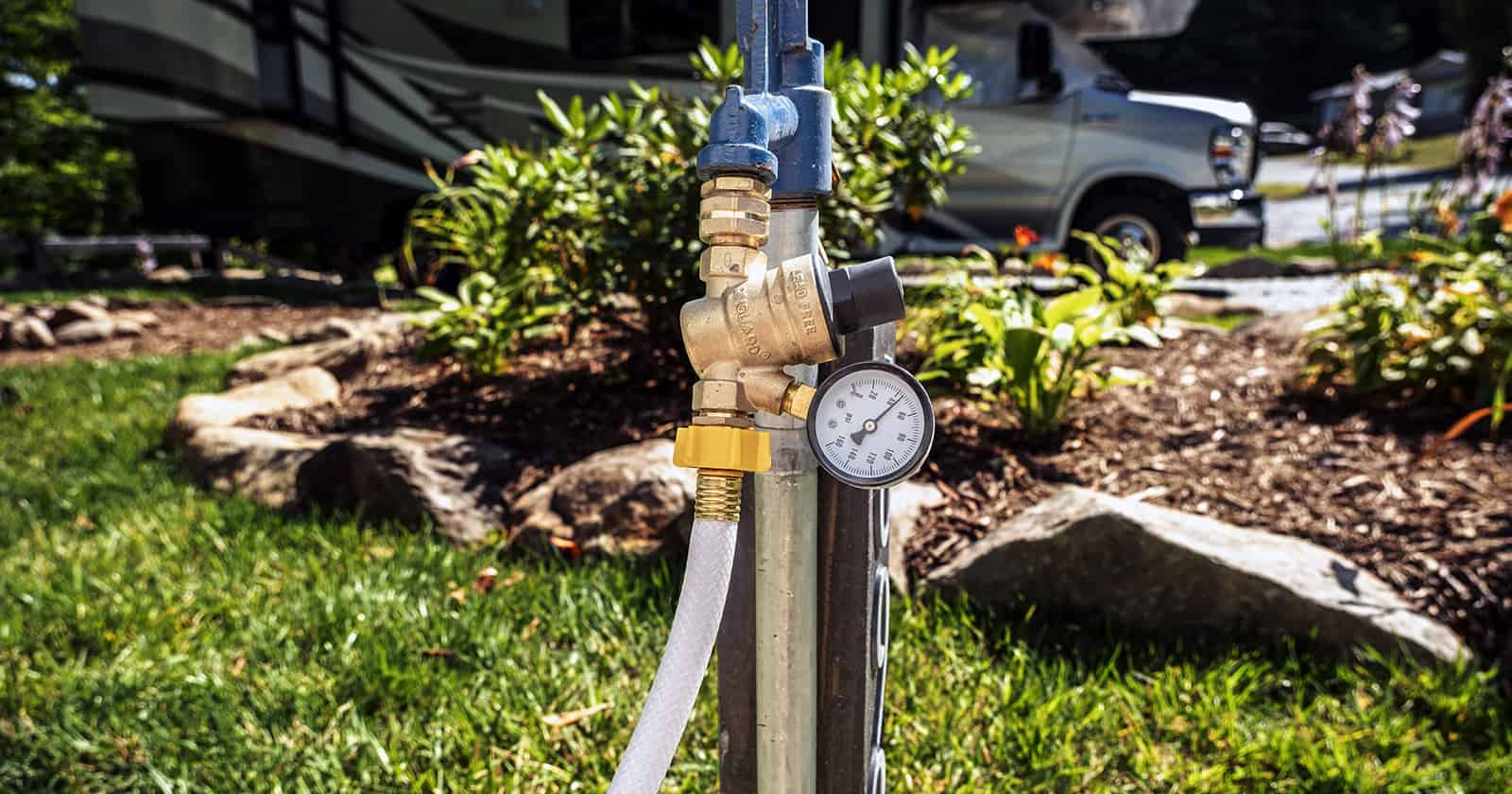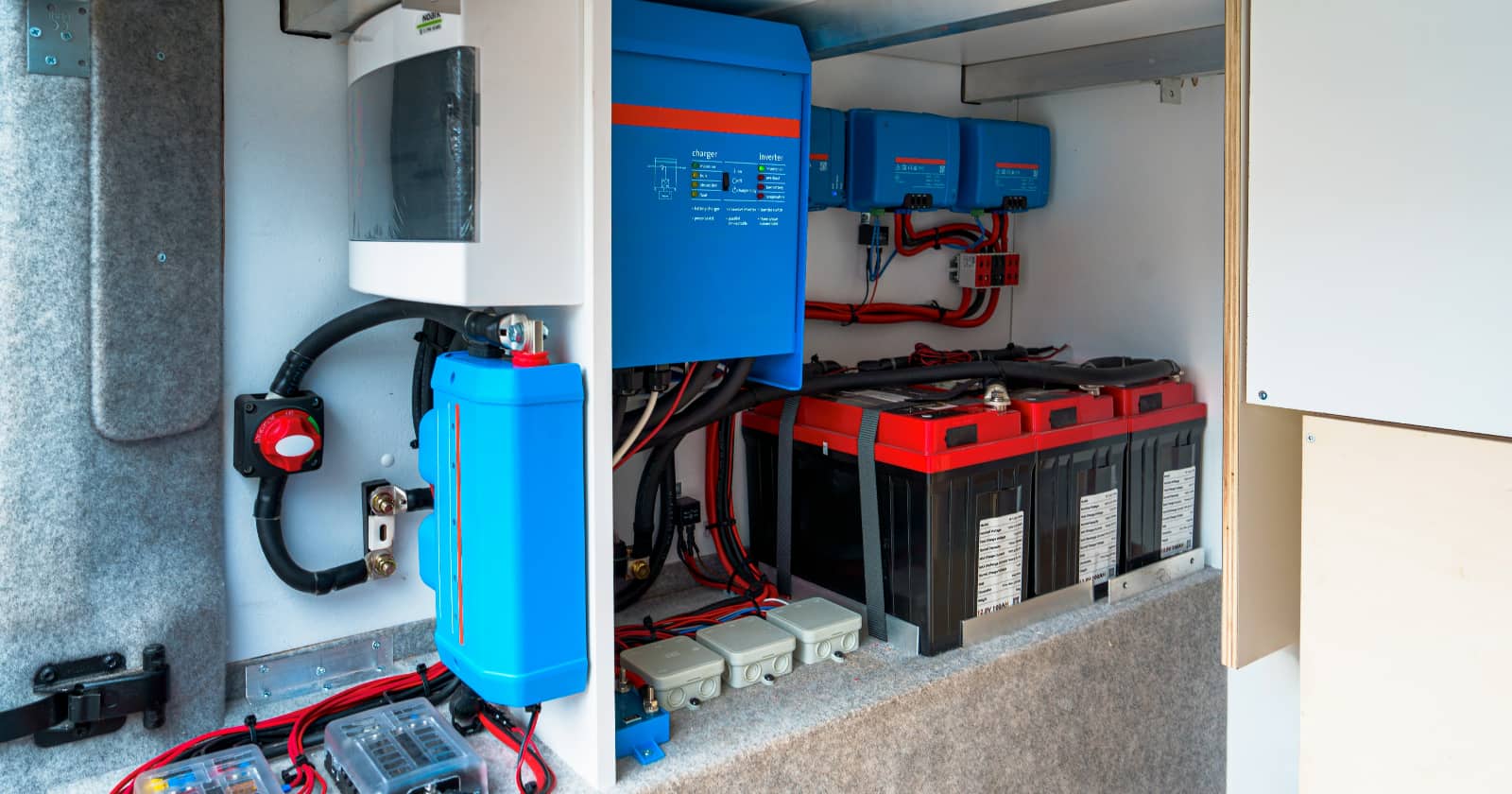Keep Your RV Air Conditioner Running Smoothly
One awesome thing about RVs is their ability to keep you cool and comfortable even when the weather gets hot. Of course, you do have to take care of your RV air conditioner if you want to hold onto this benefit. This is where our RV air conditioner maintenance tips come into play.
Fortunately, keeping up with an RV A/C maintenance schedule is pretty simple. Even those who don’t usually work on their RV should be able to do some DIY RV A/C maintenance. Read on to learn what you should do to keep your RV air conditioner in tip-top shape and running like a top for years to come.
Check the Shroud
If you climb up on your RV’s roof to look at your A/C from the outside, you’ll notice a large plastic shroud covering the whole unit. As you might imagine, this shroud has a job to do, and it isn’t just to make the whole thing easier on the eye; it also protects your RV air conditioner unit.
Dirt and debris tend to try and make their way inside of these units, something that may cause issues. On top of that, low-hanging limbs could easily cause damage should they scrape the A/C as you drive beneath them.
These A/C shrouds are only plastic, a material that doesn’t last forever when left out in the sun. In time, sun exposure will almost certainly cause the cover to become incredibly brittle. It may eventually break, especially if you tend to drive under low-hanging branches or end up in a hail storm. Once this happens, your RV A/C unit is more likely to be damaged by the abovementioned things.
To ensure you aren’t traveling with a broken A/C shroud, check yours a couple of times a year, looking for holes, cracks, and any plastic that looks brittle and on the verge of breaking.
Straighten and Clean the Exterior Fins
You will need to remove the plastic mentioned above shroud for this next step. When you do this, you will notice a set of metal fins on the unit. These fins are not the most durable, and it’s too easy for them to become bent out of shape. Additionally, they tend to collect dust over time.
To keep these fins in good shape, head up on the roof every six months and gently vacuum the dust from them. If the dirt is especially stubborn, try using a spray bottle of water and mild soap to remove it. Use a fin comb to straighten the fins back out carefully.
Watch out For Leaks
Anyone who has ever owned an RV knows that water is bad news. The stuff loves to sneak into any crack or hole it can find, and it will quickly cause damage that is often difficult and expensive to fix. For this reason, you must always check for places where water might get in.
One of the places you will want to watch for leaks is around the air conditioner. You see, RV A/C units are set in a big hole in the roof. This isn’t sealed up with the usual RV sealant but instead with a rubber gasket that will keep water out as long as it is in good condition, and the A/C is placed and tightened properly. If that gasket becomes damaged or the unit wiggles out of place, water from rain and runoff from the A/C itself can enter the rig and cause problems.
To keep this from happening to you, check the rubber gasket for damage or wear at least every six months. You may also want to tighten the screws that hold your air conditioner in place.
Wash Your Filter
Another important RV air conditioner maintenance task is cleaning the inside air filter. This is found behind a small door on the interior part of your A/C unit and can be very easily removed. When you remove it, you will likely notice that the filter is dusty. Fortunately, you can rinse off this dust under water. Just be sure to let the filter dry before putting it back in.
You should do this task at least twice a year with infrequent use. Those who live in their RV may need to do it once a month during the summer.
At some point, your air conditioner filter will become too worn and stretched out to use anymore. When this happens, buy a new filter. You can even buy one that’s too big and cut it to size if needed.
Clean the Interior Fins
While opening the interior door of your air conditioner, look up inside. You’ll see the interior fins. If these have collected a layer of dust, you will want to carefully remove that using the brush attachment on a vacuum cleaner hose.
Run Your AC Periodically
It’s a good idea to run your RV air conditioner periodically, even when you’re not using it regularly, to help keep it running properly.
If your RV air conditioner sits idle for too long, the compressor can develop issues with the lubrication and may seize up or fail when you try to use it again. Additionally, running the air conditioner occasionally helps to circulate the refrigerant and prevent the seals from drying out and leaking.
Have you heard of SoftStartRV?
Keeping your RV air conditioner in good shape is important, but there’s something else you might want to consider adding to your setup: The SoftStartRV is a little gadget that can significantly enhance your RV cooling experience. Many RVers face the challenge of the initial power spike when starting their RV A/C. SoftStartRV allows you to gently start your A/C without a power spike, enabling you to run two A/C units on a 30-amp connection or use a small generator like the Honda EU2200i.
This innovative device reduces the startup power demand by up to 70%, making it an excellent addition to your RV A/C setup. By incorporating SoftStartRV into your RV, you can enjoy more freedom to boondock comfortably and head into national parks and remote campgrounds, knowing you and your family can stay cool without stressing your power sources.
Conclusion
Hopefully, these RV air conditioner maintenance tips help you take good care of your RV A/C so you and your family can enjoy comfortable summertime camping for years to come! Why not get some of these DIY RV air conditioner maintenance tasks done today?





I have a 2010 Jayco 5th wheel. One other maintenance item you really need to do on a regular basis is clean out your drain pan. At least on my Coleman the drain holes become clogged and soon after water starts coming into the camper. It is a bit tricky but lots of You tube video’s on the subject.
Also, you mention the gasket. Indeed, on 10 year old models that becomes an issue. Any leaking brings water inside. I found replacing the gasket to be too involved for a non pro like me. However, I found putting a line of silicone caulk over the gasket worked 100%.